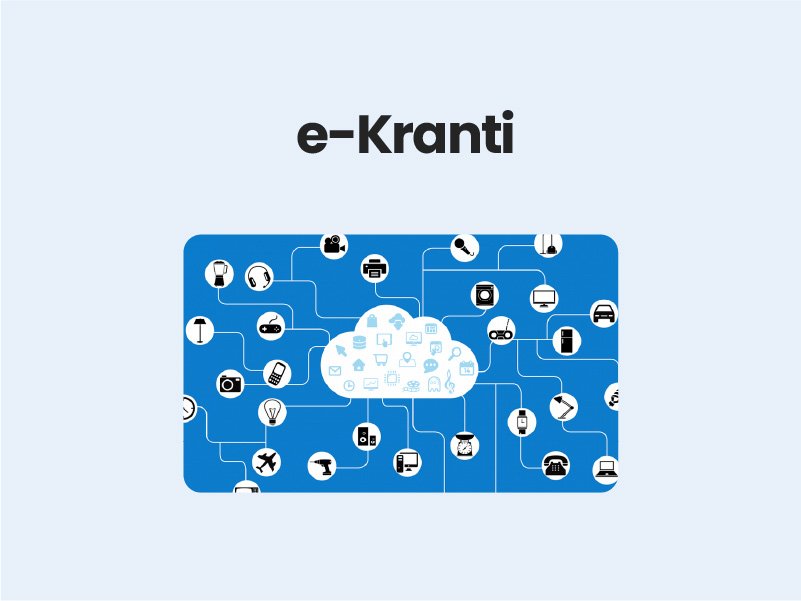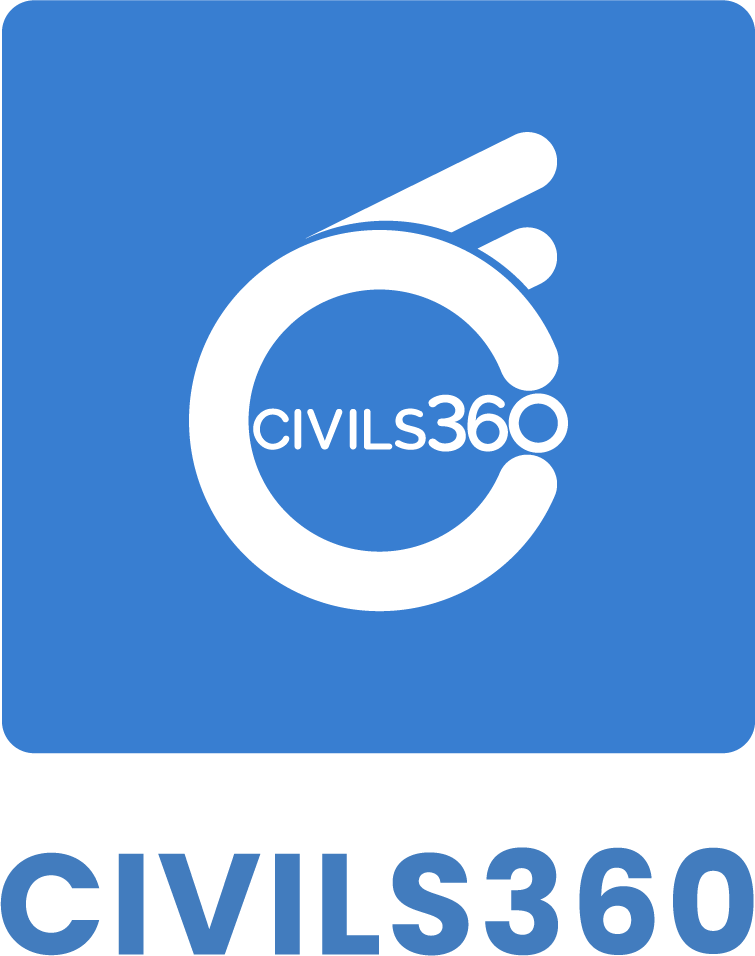
e-Kranti – Electronic delivery of service
e-Kranti is an essential pillar of the Digital India initiative. Considering the critical need for e-Governance, mobile Governance and Good Governance in the country, the approach and key components of e-Kranti have been approved by the Union Cabinet with the vision of “Transforming e-Governance for Transforming Governance”.
The e-Kranti framework addresses the electronic delivery of services through a portfolio of mission mode projects that cut across several Government Departments.
Mission: The mission of e – Kranti is to ensure a Government wide transformation by delivering all Government services electronically to the citizens through integrated and interoperable systems via multiple modes while ensuring efficiency, transparency and reliability of such services at affordable costs.
Objectives
The objectives of ‘e-Kranti’ are as follows:
- To redefine NeGP with transformational and outcome-oriented e-Governance initiatives
- To enhance the portfolio of citizen centric services
- To ensure optimum usage of core Information & Communication Technology (ICT)
- To promote rapid replication and integration of e-Governance applications
- To leverage emerging technologies
- To make use of more agile implementation models
Key principles of e-Kranti
- Transformation and not Translation – All project proposals in e – Kranti must involve a substantial transformation in the quality, quantity and manner of delivery of services and significant enhancement in productivity and competitiveness.
- Integrated Services and not Individual Services – A common middleware and integration of the back-end processes and processing systems are required to facilitate integrated service delivery to citizens.
- Government Process Reengineering (GPR) – To mandate GPR as the essential first step in all new MMPs without which a project may not be sanctioned. The degree of GPR should be assessed and enhanced for the existing MMPs.
- ICT Infrastructure on Demand – Government departments should be provided with ICT infrastructures, such as connectivity, cloud and mobile platform on demand. In this regard, National Information Infrastructure (NII), which is at an advanced stage of project formulation, would be fast-tracked by DeitY.
- Cloud by Default – The flexibility, agility and cost-effectiveness offered by cloud technologies would be fully leveraged while designing and hosting applications. Government Cloud shall be the default cloud for Government Departments.
- Mobile First – All applications are designed/ redesigned to enable delivery of services through mobile.
- Fast Tracking Approvals – To establish a fast – track approval mechanism for MMPs, once the Detailed Project Report (DPR) of a project is approved by the Competent Authority, empowered committees may be constituted with delegated powers to take all subsequent decisions
- Mandating Standards and Protocols – Use of e-Governance standards and protocols as notified by DeitY be mandated in all e-governance projects
- Language Localization – It is imperative that all information and services in e-Governance projects are available in Indian languages as well.
- National GIS (Geo-Spatial Information System) – NGIS to be leveraged as a platform and as a service in e-Governance projects.
- Security and Electronic Data Preservation – All online applications and e-services to adhere to prescribed security measures including cyber security. The National Cyber Security Policy 2013 notified by DeitY must be followed.
Thrust areas of e-Kranti outlined in Digital India:
- Technology for Education – e-Education – All schools will be connected to broadband. Free WiFi will be provided in all secondary and higher secondary schools (coverage would be around 250,000 schools). A programme on digital literacy would be taken up at the national level. Massive Online Open Courses (MOOCs) shall be developed and leveraged for e-Education.
- Technology for Health – e-Healthcare – e-Healthcare would cover online medical consultation, online medical records, online medicine supply, pan-India exchange for patient information, etc.
- Technology for Farmers – This would facilitate farmers to get real-time price information, online ordering of inputs and online cash, loan, and relief payment with mobile banking.
- Technology for Security – Mobile based emergency services and disaster-related services would be provided to citizens on a real-time basis so as to take precautionary measures well in time and minimize loss of lives and properties.
- Technology for Financial Inclusion – Financial inclusion shall be strengthened using mobile banking, Micro-ATM program and CSCs/ Post Offices.
- Technology for Justice – Interoperable Criminal Justice System shall be strengthened by leveraging several related applications, i.e. e-Courts, e-Police, e-Jails and e-Prosecution.
- Technology for Planning – National GIS Mission Mode Project would be implemented to facilitate GIS based decision making for project planning, conceptualization, design and development.
- Technology for Cyber Security – National Cyber Security Co-ordination Centre would be set up to ensure safe and secure cyber-space within the country.
Enroll today with the best civils service academy and take your first step towards your Civils journey. Feel free to reach out to us for any inquiries, collaborations, or support. We’re here to help.

